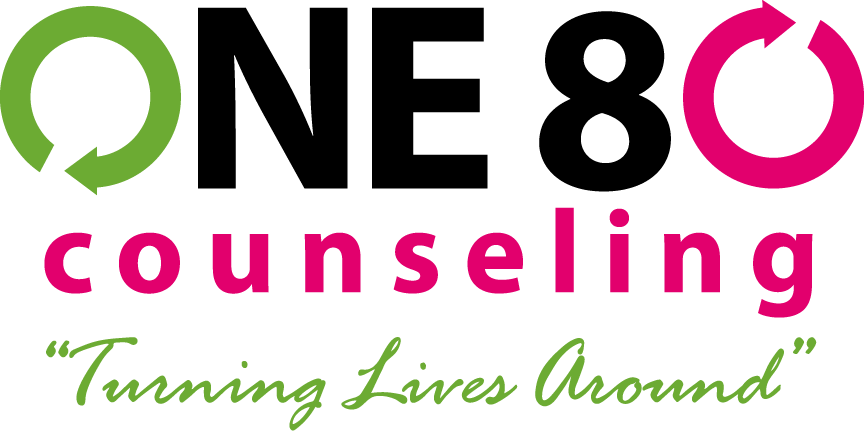
M
919.772.1990
Browse Blog
Listen In
919.772.1990
Browse Blog
Listen In
Quick Links
Services
Medication Management
One80 Locations

By Emily Fry, LCMHC, LCAS, NCC
Clinical Director of Substance Use and Addiction Services
Since 1989, September has been deemed National Recovery Month by the Substance Abuse and Mental Health Services Administration (SAMHSA). This was to help develop and create resources, improve evidence-based practice, educate the public, and provide hope to those suffering from mental health and substance use disorders.
This requires us to look at what recovery is. When the word “recovery” is brought up, what comes to mind for you? What do you think of? Does it bring up something different when talking about physical recovery, like a broken bone, versus mental recovery? Perhaps it is the same or similar. SAMHSA has a working definition of recovery, which implies recovery is ever-changing and evolving. (You can read the full document on their definition here).
Recovery is a process. It starts with denial, or the pre-contemplation stage, that clinicians are familiar with. We are knowledgeable as professionals. We have the tools that clients may or may not be willing to accept. More often than not, when we see clients in the outpatient level of care, typically, they have seen an issue they want help with. There is some awareness. Sometimes in the middle of treatment, there can be stagnation or resistance in movement forward. Regarding substances, this could include continued use or a relapse, or medical intervention is needed, along with a higher level of care recommended. It’s appropriate to say this is a part of the recovery process. It seems counterintuitive to think of a relapse, slip, or resorting to old patterns and behaviors as a part of recovery. This is the nature of substances and mental health disorders. We, as clinicians, are in a position to support, guide, and educate not only our clients who have felt shame for how they feel and the behaviors they have done or are doing, but also to the general public.
The other thing recovery can be, is messy. I show clients two charts, which I make up on the spot. I’m not an artist, and I don’t pretend to be one. The first is what clients and family members expect recovery to be like, which is a straight line moving up. They say, “Yeah, that’s what I want! That’s what I expect.” Then I show them another chart that is messy, yet still moving up. When I show clients this chart, I hear “YES! That is how it feels like.” The trajectory is the same; one just looks messy. It’s that mess that we are doing as clinicians to help our clients with. And it’s a very humbling position to be in.
To be a part of someone’s recovery is an honor. Recovery looks different to everyone. Understanding our client’s definition of recovery is one of the best ways to help them achieve their goals. And in order to understand our clients, we need to continue to evaluate and assess ourselves. Recovery is not linear. Recovery is achievable.

Emily Fry
Emily is a Licensed Clinical Mental Health Counselor, Licensed Clinical Addictions Specialist, National Certified Counselor, and EMDR Trained Therapist. She earned her Master’s degree in Clinical Mental Health Counseling from the University of North Carolina at Pembroke and her Bachelor’s degree in Business Administration from the University of North Carolina at Wilmington.
Trauma in Children and Adolescents By Julie DeFalco, LCSW and Clinical Director of Child & Adolescent ServicesOne may ask, how can multiple children be in the same situation, even the same...
Recovery is not a straight line, it’s a journey marked by growth, setbacks, learning, and resilience. One of the most powerful principles that supports this journey is the idea of progress, not perfection. It’s a reminder that healing doesn’t require flawlessness; it simply requires movement in the right direction.
As the weather warms and summer begins, many people look forward to vacations, outdoor gatherings, and festivals. While this season is often associated with fun and relaxation, it can also bring an increase in substance use. Understanding the connection between summer and substance use is essential for promoting healthier choices and staying safe during the sunny months.